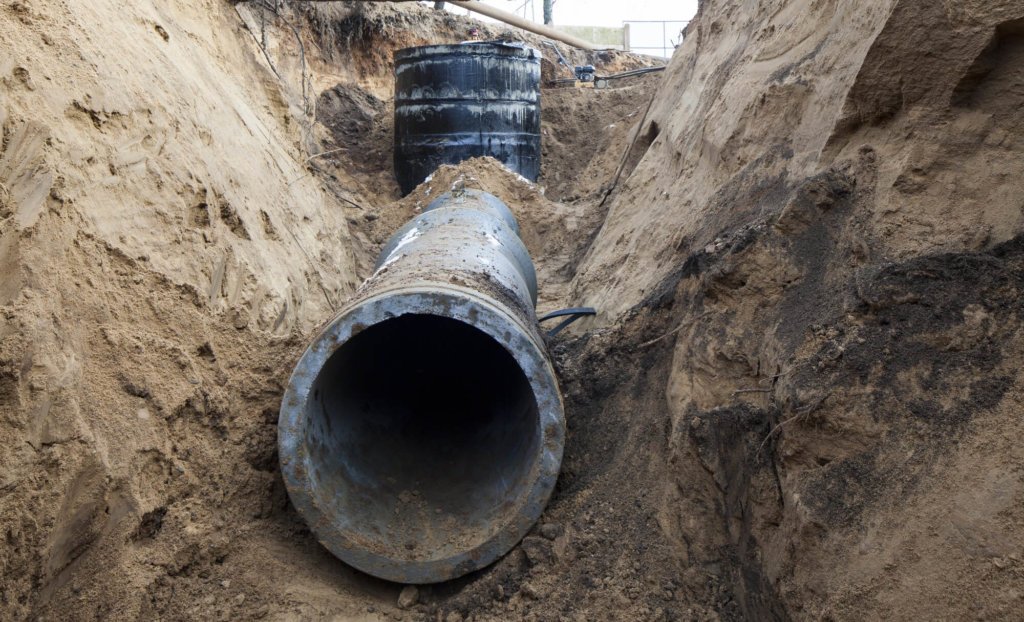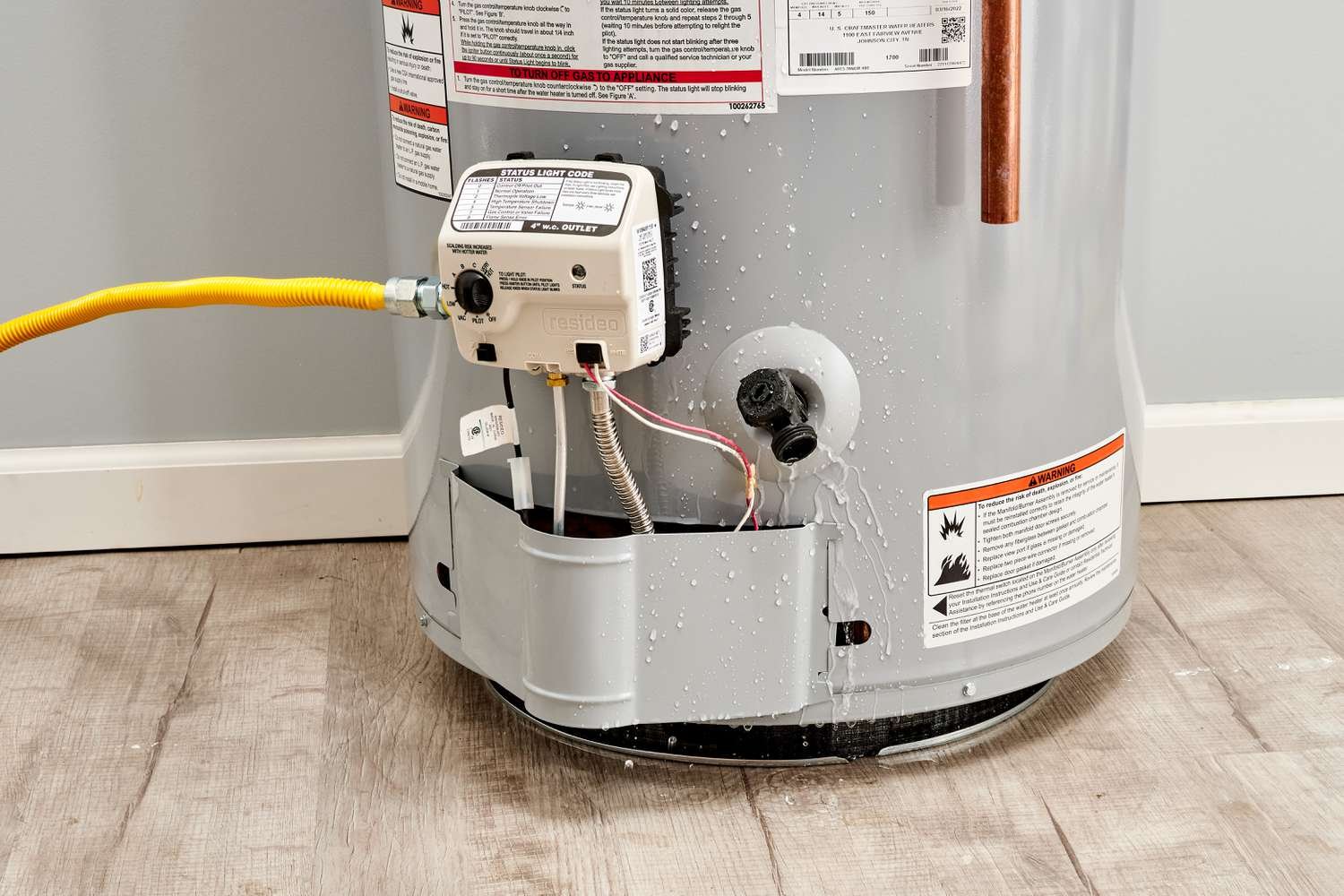
When it comes to the functionality of our homes, few systems are as crucial yet often overlooked as the sewer lines. While we go about our daily lives, flushing toilets, running faucets, and using various plumbing fixtures, the sewer lines quietly perform a vital role in ensuring that wastewater is safely transported away from our homes. In this blog post, we’ll delve into the intricate world beneath our feet and unravel the mysteries of how sewer lines work.
The Basics of Sewer Lines:
Sewer lines are an integral part of a home’s plumbing system, responsible for carrying wastewater away from sinks, toilets, showers, and other drains. In Chicago, Illinois, where the infrastructure plays a key role in maintaining the city’s functionality, the sewer lines are designed to handle a significant volume of wastewater.
Gravity: The Silent Force:
The primary force driving wastewater through sewer lines is gravity. Sewer lines are sloped at a slight angle to allow gravity to pull the wastewater down and away from the home. This ensures a continuous flow towards the municipal sewer system or the septic tank.
Main Sewer Line and Branch Lines:
The plumbing system in a home consists of a main sewer line and various branch lines that connect to individual fixtures. The main sewer line is the primary conduit that collects wastewater from all the branch lines and directs it towards the city sewer or septic tank.
Ventilation: Ensuring Smooth Flow:
Ventilation pipes are an essential component of sewer systems. These pipes allow air to enter the system, preventing the formation of a vacuum that could impede the flow of wastewater. Adequate ventilation ensures that wastewater moves freely through the sewer lines, avoiding clogs and backups.
Sewer Cleanouts: Access for Maintenance:
To facilitate maintenance and address potential issues, sewer lines are equipped with cleanouts. These access points allow plumbers to inspect and clear blockages easily. Regular maintenance is key to preventing major sewer line problems and ensuring the system functions optimally.
Material Matters:
Sewer lines are typically made from materials that can withstand the test of time and the corrosive nature of wastewater. Common materials include PVC, cast iron, and clay. The choice of material depends on factors such as soil conditions, local regulations, and the specific needs of the plumbing system.
Connection to the Municipal Sewer System:
In urban areas like Chicago, the main sewer lines from individual homes connect to the municipal sewer system. This network of interconnected sewer lines transports wastewater to treatment facilities, where it undergoes purification before being released back into the environment.
Conclusion:
Though often out of sight and out of mind, sewer lines play a vital role in maintaining the cleanliness and functionality of our homes and cities. Understanding how these systems work is crucial for homeowners in Chicago, ensuring that they can take proactive measures to prevent issues and keep their plumbing running smoothly. Regular maintenance, proper disposal practices, and a basic knowledge of sewer line functionality go a long way in preserving the integrity of this essential component of our homes.



